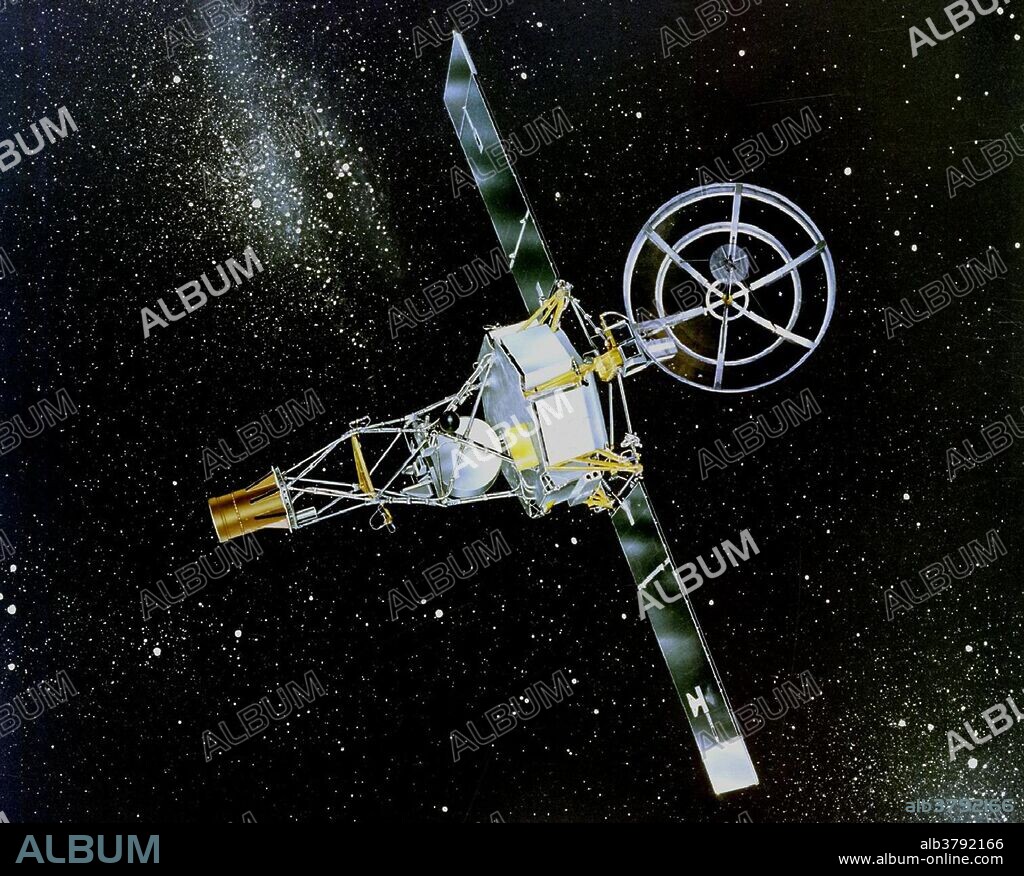alb3792166
Mariner 2, Venus Space Probe, 1962

|
Ajouter à une autre Lightbox |
|
Ajouter à une autre Lightbox |



Avez-vous déjà un compte? S'identifier
Vous n'avez pas de compte ? S'inscrire
Acheter cette image.
Sélectionnez l'usage:

Titre:
Mariner 2, Venus Space Probe, 1962
Légende:
Voir la traduction automatique
Mariner 2 was the world's first successful interplanetary spacecraft. Launched August 27, 1962, on an Atlas-Agena rocket, Mariner 2 passed within about 21,000 miles of Venus, sending back valuable new information about interplanetary space and the Venusian atmosphere. Mariner 2 recorded the planet's temperature for the first time, revealing the its very hot atmosphere of about 900 degrees Fahrenheit. The spacecraft's solar wind experiment was the first to measure the density, velocity, composition and variation over time of the solar wind. Mariner 2 (Mariner-Venus 1962) was an exact copy of Mariner 1. The primary mission was to receive communications from the spacecraft in the vicinity of Venus and to perform radiometric temperature measurements of the planet. A second objective was to measure the interplanetary magnetic field and charged particle environment. Mariner 2 scanned the planet with its pair of radiometers, revealing that Venus has cool clouds and an extremely hot surface.
Crédit:
Album / Science Source / NASA/JPL
Autorisations:
Modèle: Non - Propriété: Non
Questions sur les droits?
Questions sur les droits?
Taille de l'image:
4200 x 3377 px | 40.6 MB
Taille d'impression:
35.6 x 28.6 cm | 14.0 x 11.3 in (300 dpi)
Mots clés:
 Pinterest
Pinterest Twitter
Twitter Facebook
Facebook Copier le lien
Copier le lien Email
Email
